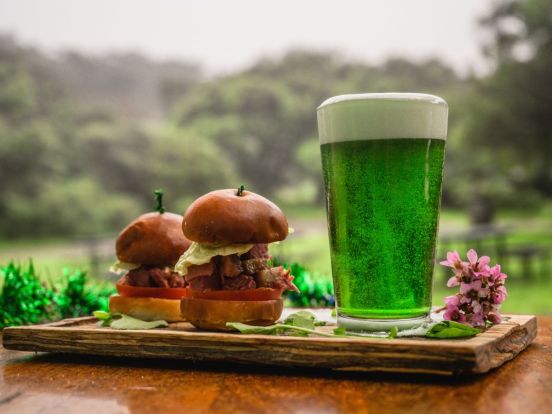 The vivacious, inspiring Michelle Greenwald is a former Senior Vice President of New Business Development at Disney and a Vice President and General Manager of New Products at Pepsi-Cola. Currently, she teaches at Columbia and NYU Stern Graduate Schools of Business and guest lectures at several international graduate business schools, where she specializes in marketing strategy, marketing plans, new products and services development, and innovation techniques.
The vivacious, inspiring Michelle Greenwald is a former Senior Vice President of New Business Development at Disney and a Vice President and General Manager of New Products at Pepsi-Cola. Currently, she teaches at Columbia and NYU Stern Graduate Schools of Business and guest lectures at several international graduate business schools, where she specializes in marketing strategy, marketing plans, new products and services development, and innovation techniques.
Always keen to share her knowledge, Michelle spoke with us for the Hospitality Business Leaders Forum 2015 on food and beverage trends for the year and giving top marks to both Simon Gault’s Euro and the work of Craig Cotton’s The Better Drinks Co.
One of the world’s top coolhunters when it comes to food and beverage trends, she was in New Zealand at the end of 2014 as a guest of The Better Drinks Co, after connection with their CEO in her home country. “I had presented to (The Better Drinks Co CEO) Craig Cotton in New York at the Saatchi & Saatchi office,” she explains, “talking about innovation particularly in the area of beverages. I decided to take the team around the city seeing some of the things that are being created, and to show them that in particular, healthy beverages like juices are really going crazy.” They went to gyms, convenience and specialty stores, as well as places that are started out solely providing juice cleanses but had expended their product line and their operation due to an insane demand for the good stuff. “Even Starbucks is moving into fresh juices, the demand is that great,” says the food trends specialist, “and it still amazes me as they are not cheap and not enough to work as a meal replacement. I guess it’s another way that people with a decent amount of discretionary income can be good to their bodies, and it has become so much more than just a trend over the past few years.”
One key trend that she has seen emerge from within the juice category over the last year internationally is “craftails”, which are essentially a combination of freshly pressed vegetable juice and alcohol. “They are a real superfood cocktail so you can feel a little better about overindulging,” she says with a laugh, “and they can look pretty ridiculous. Combination foods are pretty crazy in general, and things like scookies (a scone cookie) and pizza pretzels are at the more user friendly end of the market”.
Greenwald talks about the fact that food retail-wise, larger operators around the States in particular are option to infringe on other businesses’ territory rather than breaking new ground of their own, with supermarkets opening their own sushi and juice bars in store. She adds when it comes to hospitality business however, differentiation and innovation are still most definitely key She cites a recent visit to Simon Gault’s Euro as a prime example of “doing something new and different with a menu and really making it work”, and praises the celebrity chef’s innovation. Gault has said goodbye to the likes of refined sugar, trans fat, gluten and high carbs with his new menu, and added in vegan and raw elements that don’t compromise on taste. Her trip to Euro also made Greenwald feel like an “adventurer of sorts”, and she even recorded diners eating some of the dishes due to their experiential nature. “A fun experience that actually works is gold,” she explains, “and means that people will remember and share it. It has to taste great too of course.”
She praises Charlie’s launch of New Zealand’s first “social cola experiment” and a new variant at the same time, which left it up to punters to choose whether or not they should continue with the brew. “I love that they have included real kola nuts and natural malt in the recipe, and reduced sugar and used zero chemicals in the production,” says Greenwald, “but it’s the packaging that I really fell for. It tells a story and is quirky with a unique personality, and you can merchandise it so that each box of cans connects in several different ways. It just looks cool and approachable, and that is what attracts consumers more than anything.”
She says that a social media plan of attack is integral to growing your brand, be it a can of cola, a café or a fine dining establishment. “The marketing execs I speak to on a regular basis are focused on how they can get the public to do the marketing for them, how they can add product attributes that will get people talking online,” she explains. Consumer-driven flavour options and initiatives are working on a big business level everyday, “and although you can lose control of your social media presence, it’s a bigger risk not to have one. To survive in food and beverage, a business really needs to step up and make their mark.”








